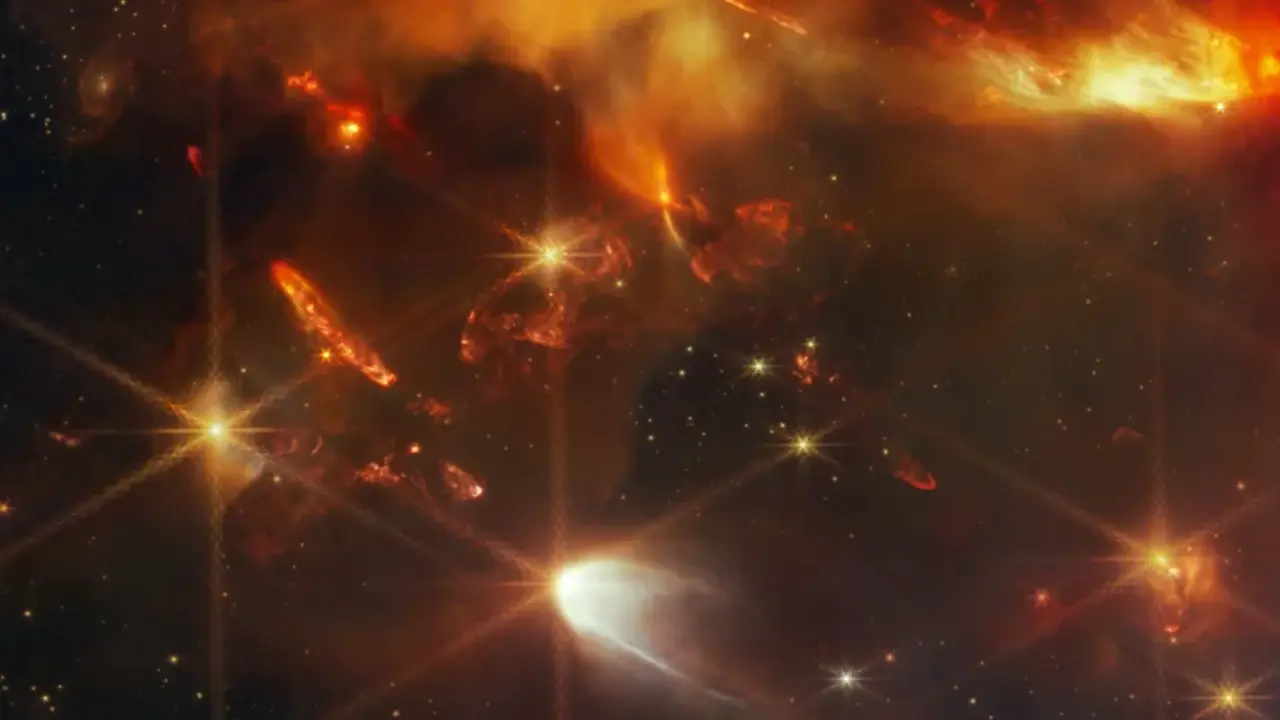These long jets, reminiscent of lens flares, appear when interstellar gas collapses inward, producing shock waves perpendicular to vortex disks of material. This direct observation confirms the basic understanding that stars tend to rotate in the same direction as they condense from collapsing clouds, says Klaus Pontoppidan of NASA’s Jet Propulsion Laboratory.
Located about 1,300 light-years away and between one and two million years old, the Serpent Nebula is a reflection nebula illuminated by young stars within it. The image was captured using JWST’s Near Infrared Camera (NIRCam).
Plans are currently underway to analyze the chemical composition of the nebula using the Near Infrared Spectrograph (NIRSpec).
Source: Ferra
I am a professional journalist and content creator with extensive experience writing for news websites. I currently work as an author at Gadget Onus, where I specialize in covering hot news topics. My written pieces have been published on some of the biggest media outlets around the world, including The Guardian and BBC News.











